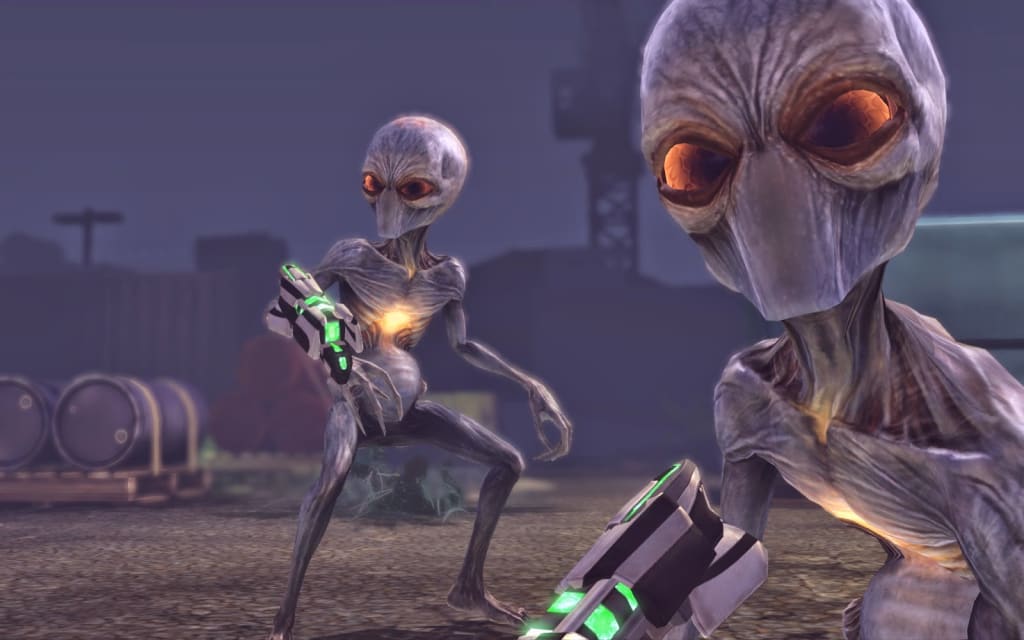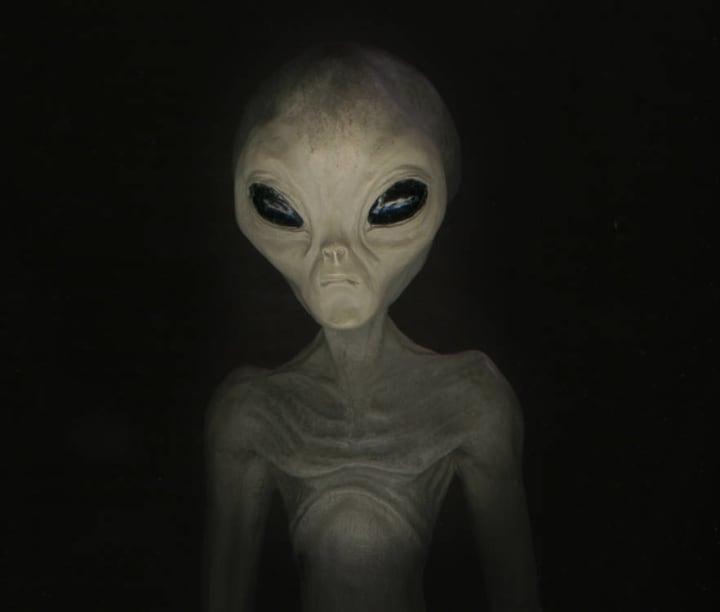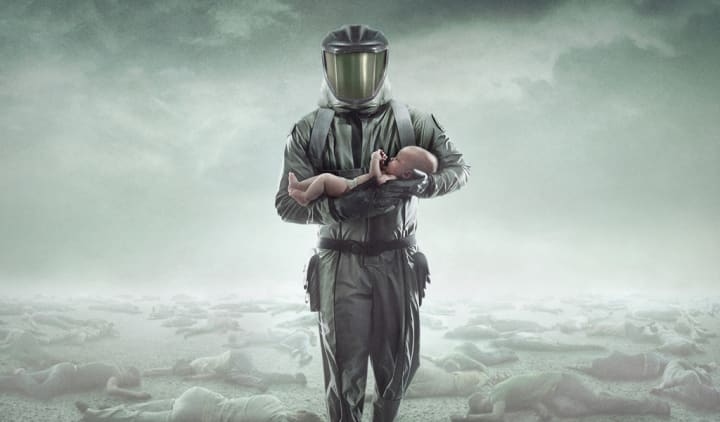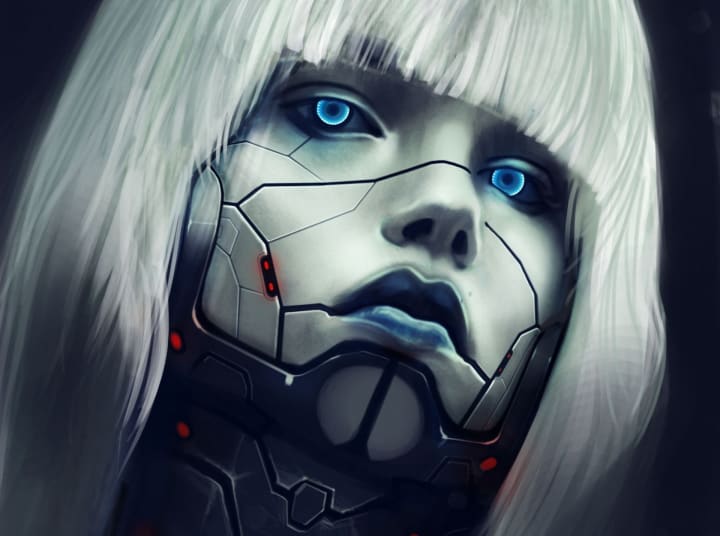Most Realistic Alien Species in Sci-Fi
Scientists reveal what they believe are the most realistic alien species in sci-fi.

It doesn't take much to see how scientific discoveries have inspired sci-fi authors to create new worlds. Many famous science fiction authors wondered what life would be like on another planet after seeing the lunar landing. Others gained inspiration from seeing robots being made. Even more may have wondered what kind of biology aliens would have—and how it'd interact with ours.
Most science fiction writers don't really think about hard science when they make their stories these days. It's often more about the ideas, and how people will end up interacting with extraterrestrials. However, there are quite a few sci-fi authors that seem to think about what aliens would really look like.
Ever wonder what are the most realistic alien species in sci-fi, according to scientists themselves? We decided to take a look to get a better idea of what they'd be, using scientific concepts dealing with evolution.
Grey Aliens

Greys have been featured in a huge number of different sci-fi books, movies, and games. They actually are one of the most common kinds of aliens in sci-fi media. Incidentally, most scientists would also say they are one of the most realistic alien species in sci-fi, too.
They are, to a point, a trope in the science fiction world. They have been seen in Close Encounters of the Third Kind, The Fourth Kind, and even in Grey Skies. Heck, even South Park has poked fun at them in one of their earliest episodes.
Though there are a number of minor differences in how greys look, we know what they generally look like. They have big eyes, big heads, little-to-no noses, and are inhumanly skinny. Right?
Well, many experts believe that there's reason to think that grey aliens wouldn't be too far from the truth. In order to build tools that could make space travel work, aliens would need to have hands.
Harry E. Keller, a chemistry professor who was asked about his beliefs on real aliens, explained what he thought they'd be like:
"First, a real alien is bilaterally symmetrical, endothermic with excellent manipulative abilities, and has a hard container for a brain."
He went on to explain that aliens would likely have eyes, a nose, a digestive tract, hands, legs, and a skull with an advanced brain inside.
Moreover, he also noted something fairly interesting about the eyes. An alien's eyes would evolve to be the best they can be for their home planet's solar light spectrum. So, if it was a far-away planet with little sunlight, their eyes would be a lot larger than ours—and a lot more light sensitive.
Bernard Bates, a physics professor, also explained that he agreed that advanced species would need fingers:
"Aliens with advanced technology would have to be on land (technology needs fire to kick-start it). What we would expect in order to develop a technology comparable to ours? Hands with fingers (for delicate, precise manipulation) are important. At least two legs are needed for locomotion. If it has four legs, think centaurs—you need those hands to build things."
Studies done on astronauts also show that people who spend time in space are more likely to experience muscle and bone loss than those who stay on Earth. This is due to gravitational issues.
Grey aliens are seen as a space alien race. If they are always out in space, it'd make sense that their bones and muscles would look thin and weak compared to ours, assuming that their bones are losing mass due to space travel. As a result, it's safe to say this is one of the most realistic alien species in sci-fi, period.
Human-Like Aliens

One of the most lovable characters in The Hitchhiker's Guide to the Galaxy would be Ford Prefect—an alien that looked almost identical to a human. Ford Prefect's species would have to be one of the most realistic alien species in sci-fi literature, simply because we know it's plausible.
We already know that human biology is doable, primarily because we're human.
It's very possible that a different planet with similar life-sustaining statistics would end up having human-like creatures evolve. This is called convergent evolution by scientists, and it's been witnessed among animal species on Earth. Who's to say it can't happen on a planetary level, too?
If they are anything like us, they would also want to colonize other planets. Conspiracy theorists actually believe that we may be a branch from an older species that colonized Earth, then left.
Should this have happened, it would have ended up causing us to evolve to better adapt to Earth conditions—and also drop features that were better suited to the original alien world. This would create multiple alien races that all have different features and cultures, but all share the same "root species" base. One scientist actually calls this the Hominid Panspermia Theory, and it's really thought-provoking.
As a result, humans and humanoids are probably one of the most realistic alien species in sci-fi.
Bacteria

Let's just be real—not all aliens in movies and books are humanoid. In fact, one of the most terrifying aliens ever created wasn't even that large. The Andromeda Strain featured a killer alien bacteria that became deadly to humans and was spreading like wildfire.
From a scientific standpoint, alien species in the form of bacteria make sense. Bacteria have been seen to survive extreme temperatures, highly acidic environments, and more. If anything could survive space travel for a long time, it would be bacteria that would be capable of being dormant in below freezing, anaerobic areas.
In fact, there have even been certain studies that suggest that bacteria from other planets already has been discovered. Scientifically speaking, bacteria-like creatures would have to be the most realistic alien species genre in science fiction—and the most likely kind we'll encounter first.
Robots/Cyborgs

As a species, we're already running into a number of problems with our environment. Our oceans are dying, temperatures are heating up, and disease from pollution is skyrocketing. Scientists are now trying to find ways to solve the physical problems that we are dealing with as a result of our pollution.
Some scientists are even trying to attain immortality by having us be supported almost entirely by technology. One even suggests that we will be able to "download our brains" into a computer.
Now, assuming that other humanoid species are having similar problems on their planets, wouldn't it make sense for them to look into a solution involving technology, too? If they were to succeed with their advanced technology, they'd be a race of cyborgs and robots.
Scientifically speaking, if humanoids are plausible, then this would be a form of evolution that could happen in certain situations. Therefore, this would round out the list of the most realistic alien species in sci-fi media.
About the Creator
Ossiana Tepfenhart
Ossiana Tepfenhart is a writer based out of New Jersey. This is her work account. She loves gifts and tips, so if you like something, tip her!






Comments
There are no comments for this story
Be the first to respond and start the conversation.